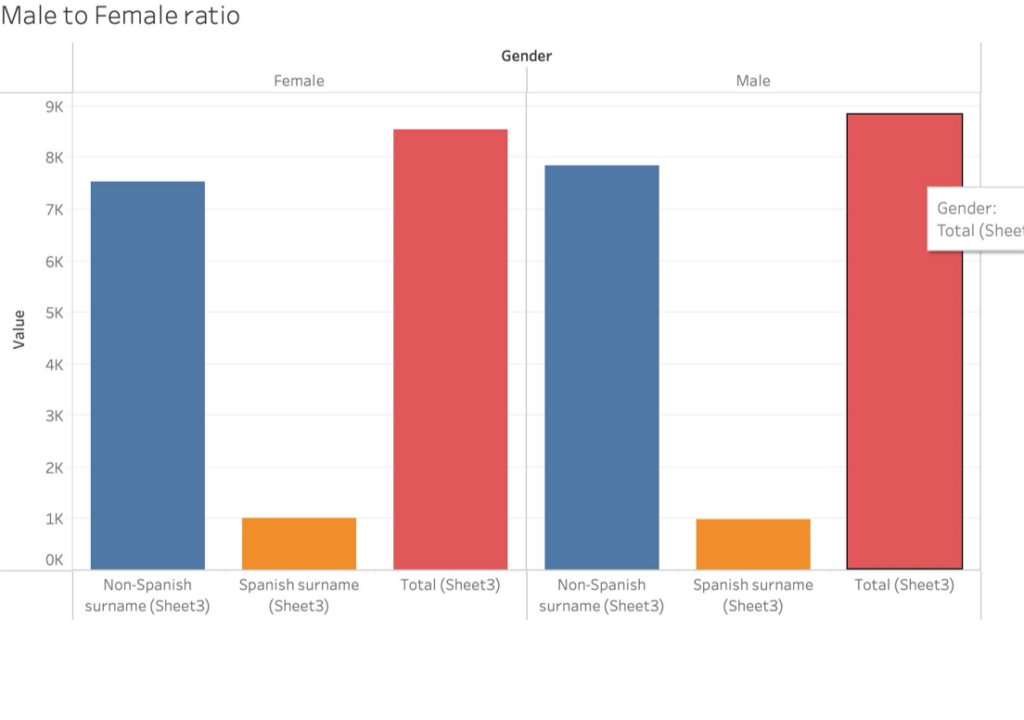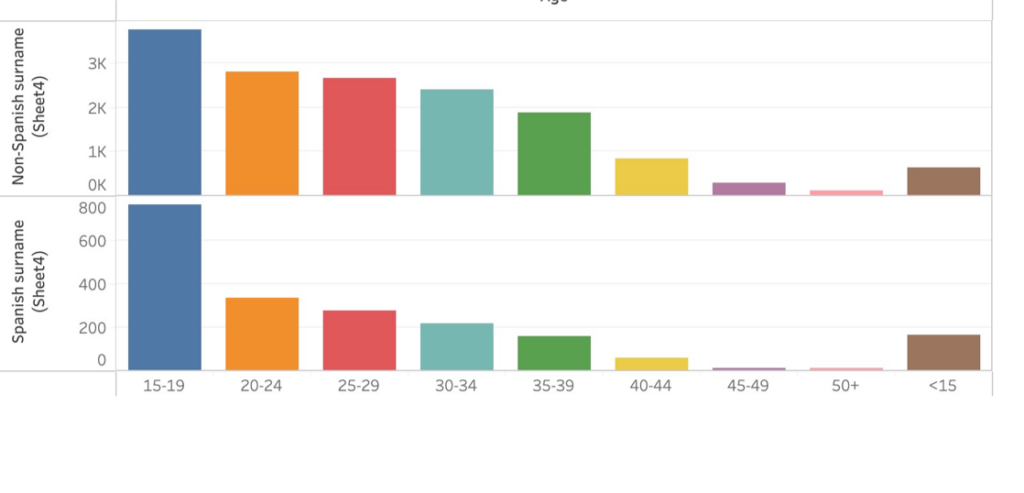My first annotation is –
“A view from the window, a meeting with friends, a thought, an instance of leisure or exasperation – they are all candidates, contestants even, for a dimensional upgrade.”
The author implies that there’s no choice – that we are already living in a fourth digital dimension. I want the students to question that. I want them to know that they can decide what it means to be a four-dimensional human. There’s a sense of inevitability in the quote that all aspects of our lives will be uploaded at some point. But that doesn’t have to be a bad thing. The challenge is how you do it in a way that’s good for you.
So the question I ask with the annotation is –
What does it mean to digitize a thought? Or is it even possible to digitize what’s going on in our heads?
Second annotation:
“That being an individual entails a sort of exile from others may be a story that we tell ourselves, but it is no less solid for that. Of course the irony here is that we also can’t seem to get enough of the pack. We gather our lonesome selves together in groups by day, clinging together in warm, mealy huddles by night. Yet no matter how tight the clinch, we’re still flung to different corners of the dream- scape.”
My note is – Do you have to isolate yourself from others to be an ‘individual’, or how can you be your true self in a ‘pack?’
There’s a mildly depressing vibe throughout the piece. It’s like we are all destined to be lonely in this fourth dimension. I want the students to create their own healthy digital fourth dimension where they don’t ultimately feel isolated.
This article would be a good addition to help through the concepts or ideas.







